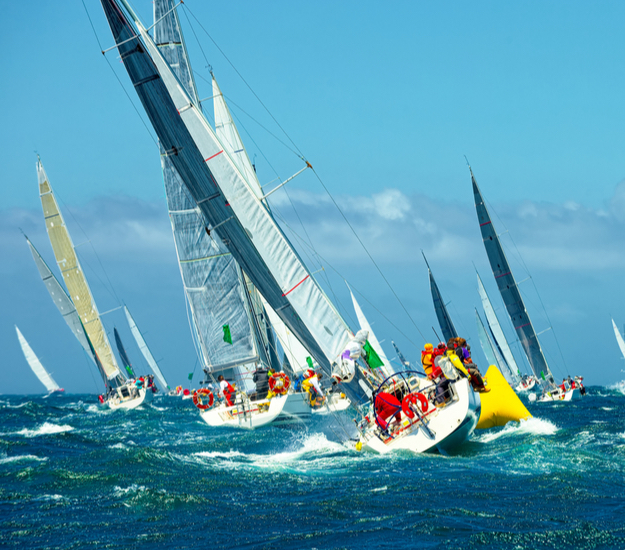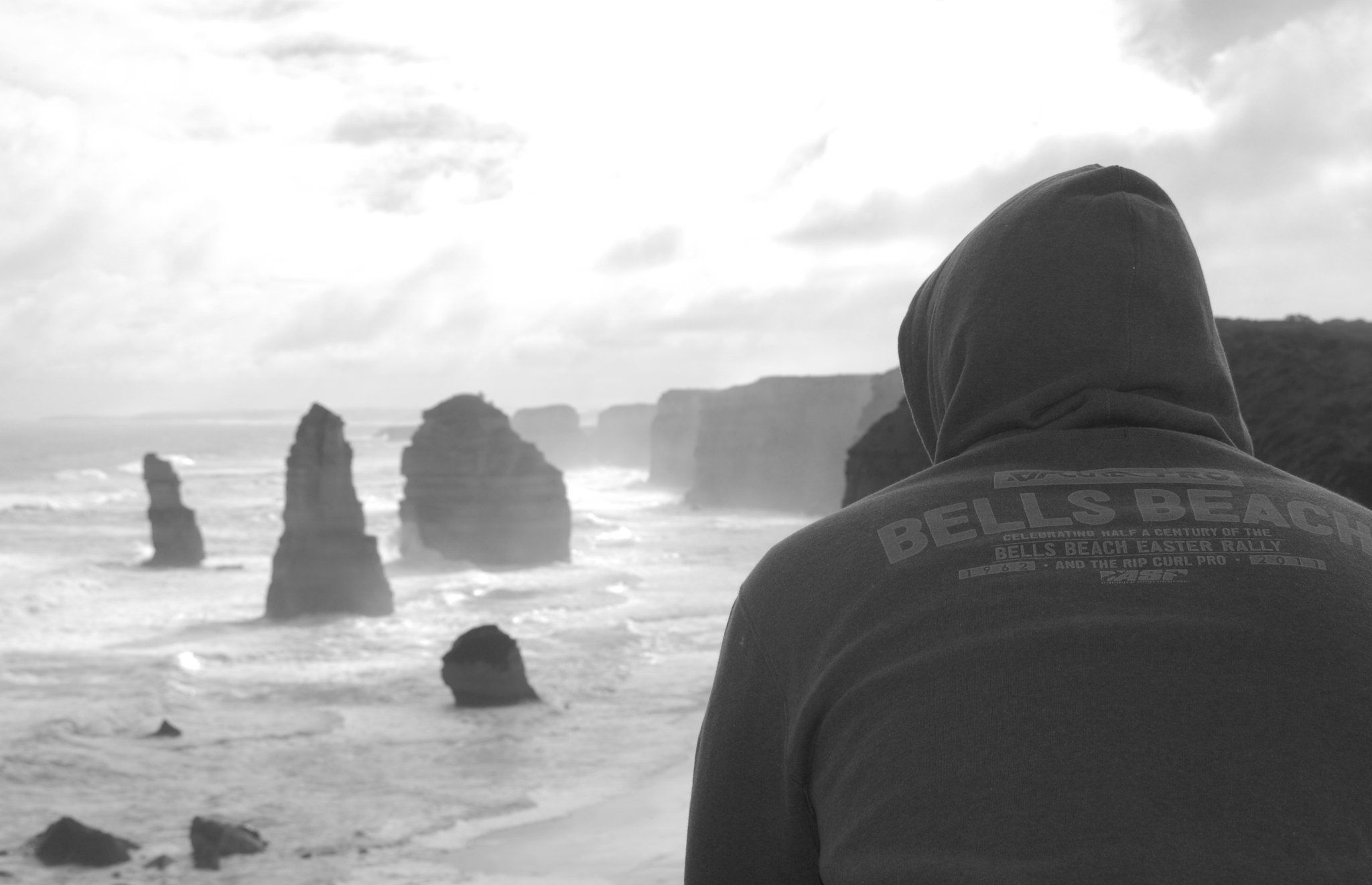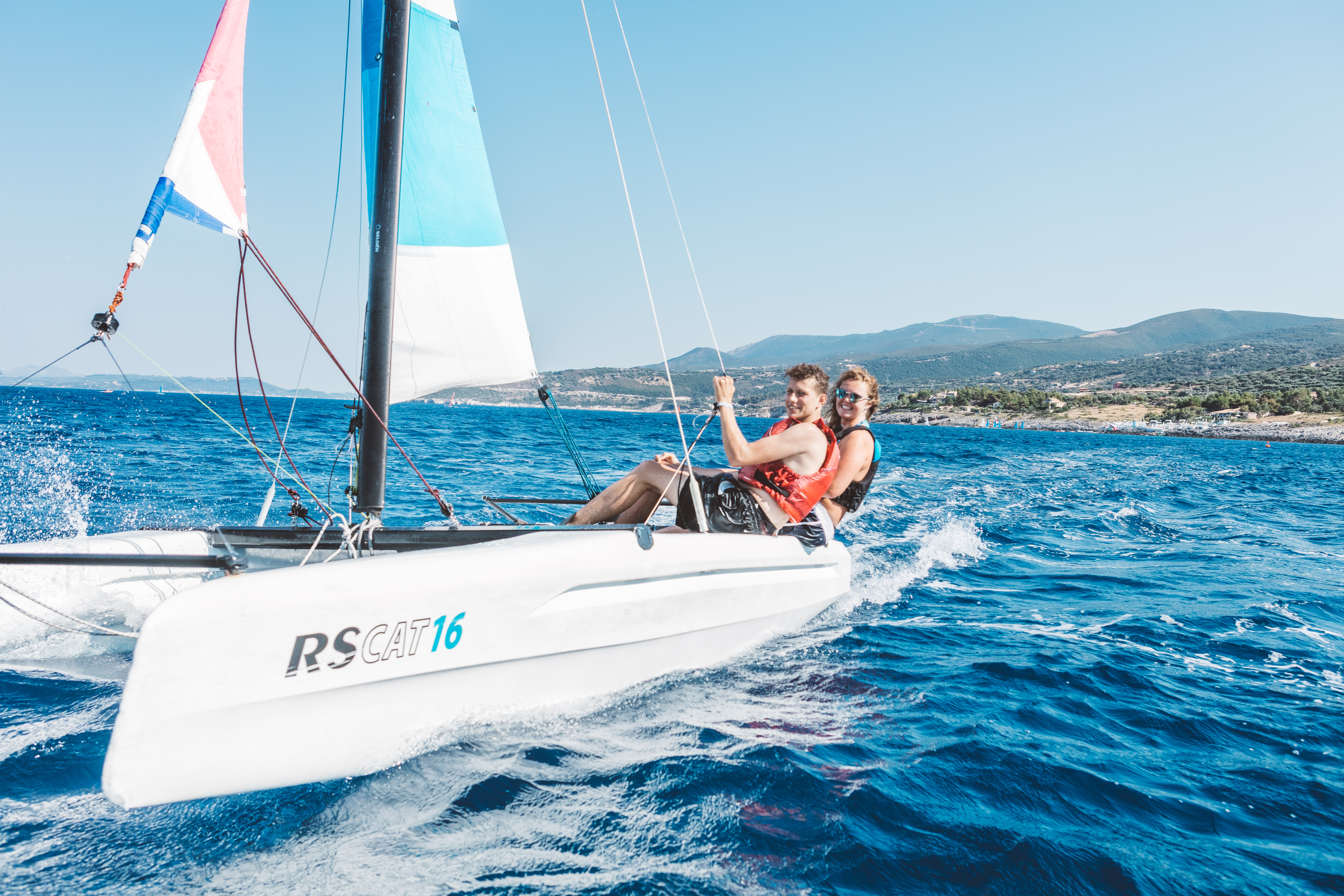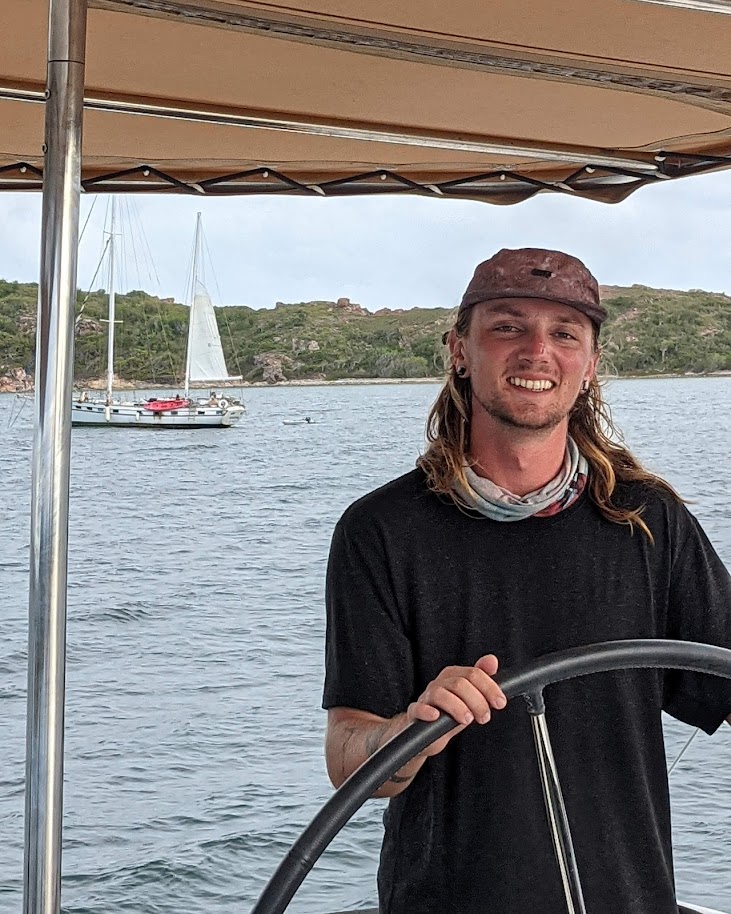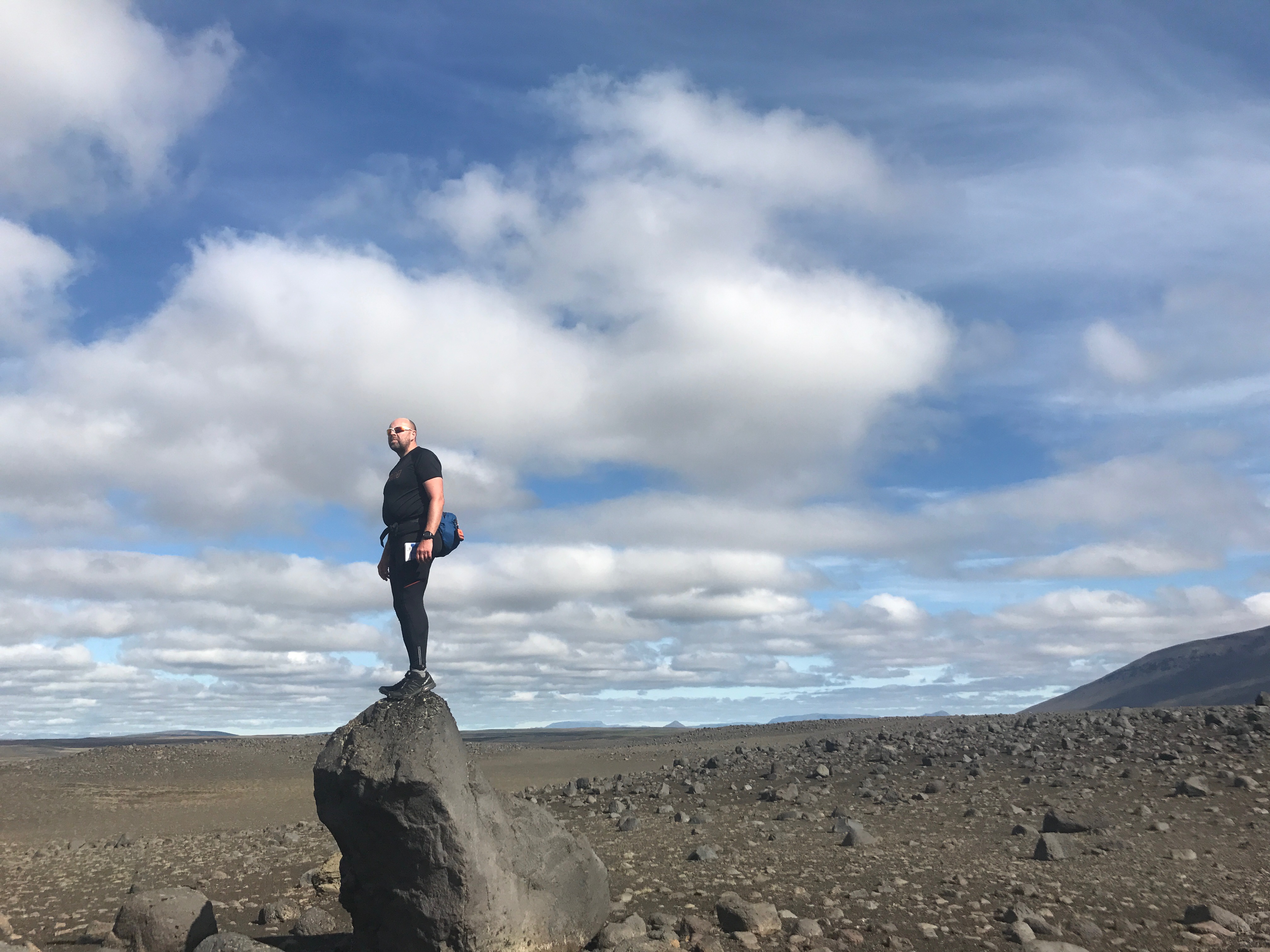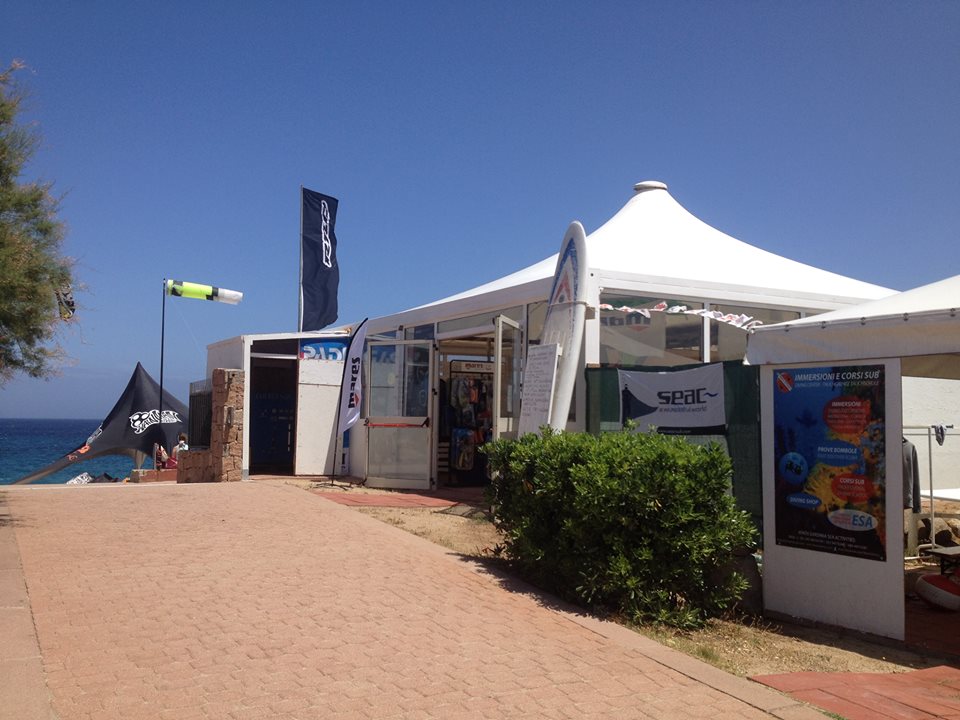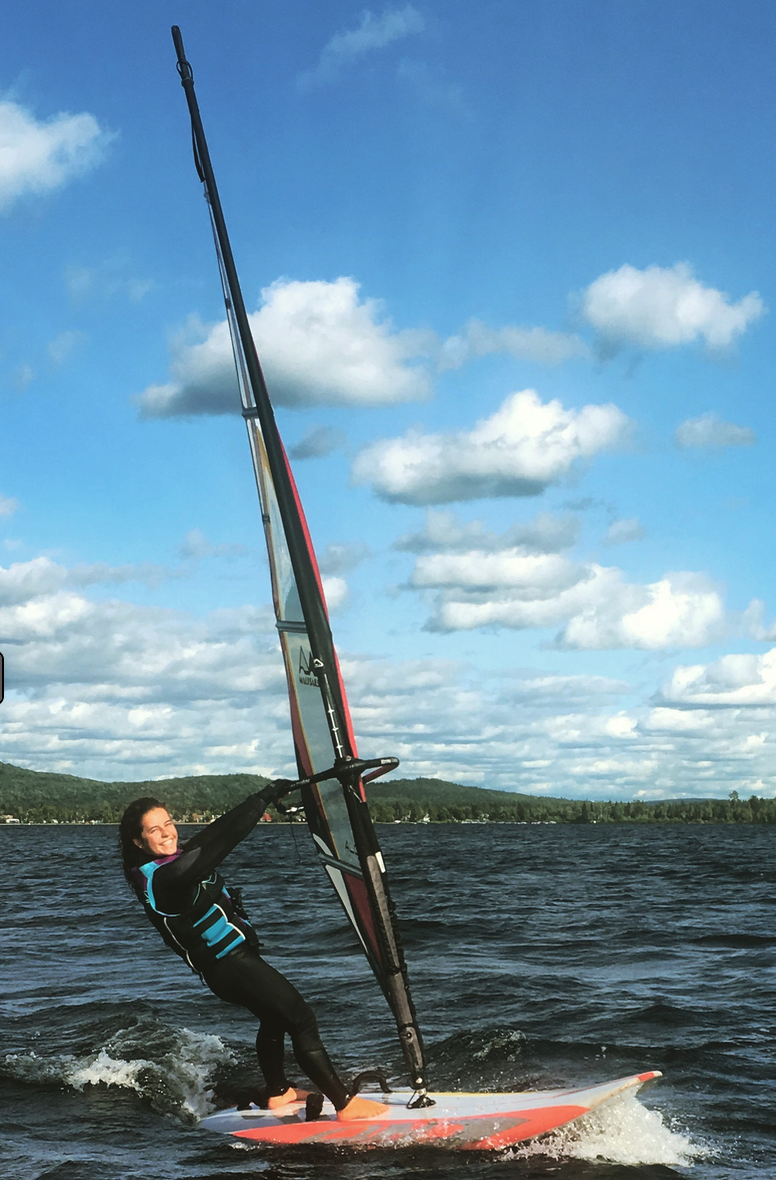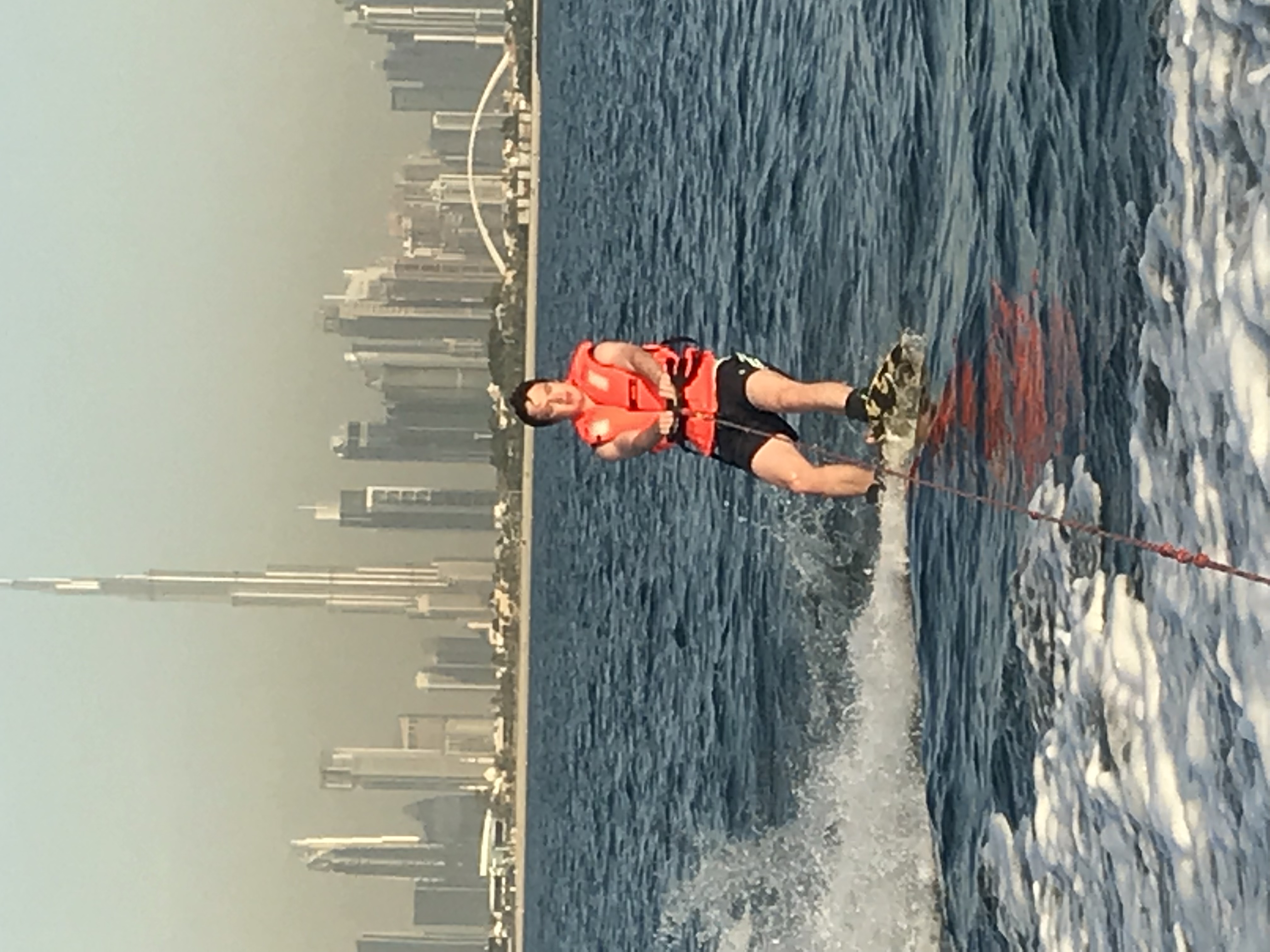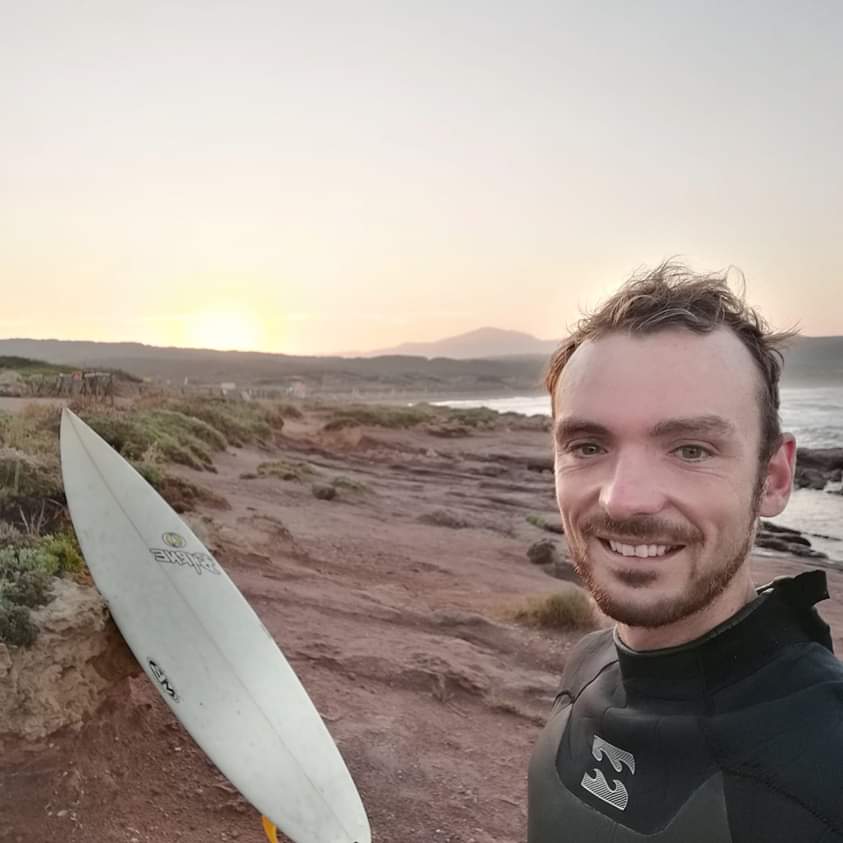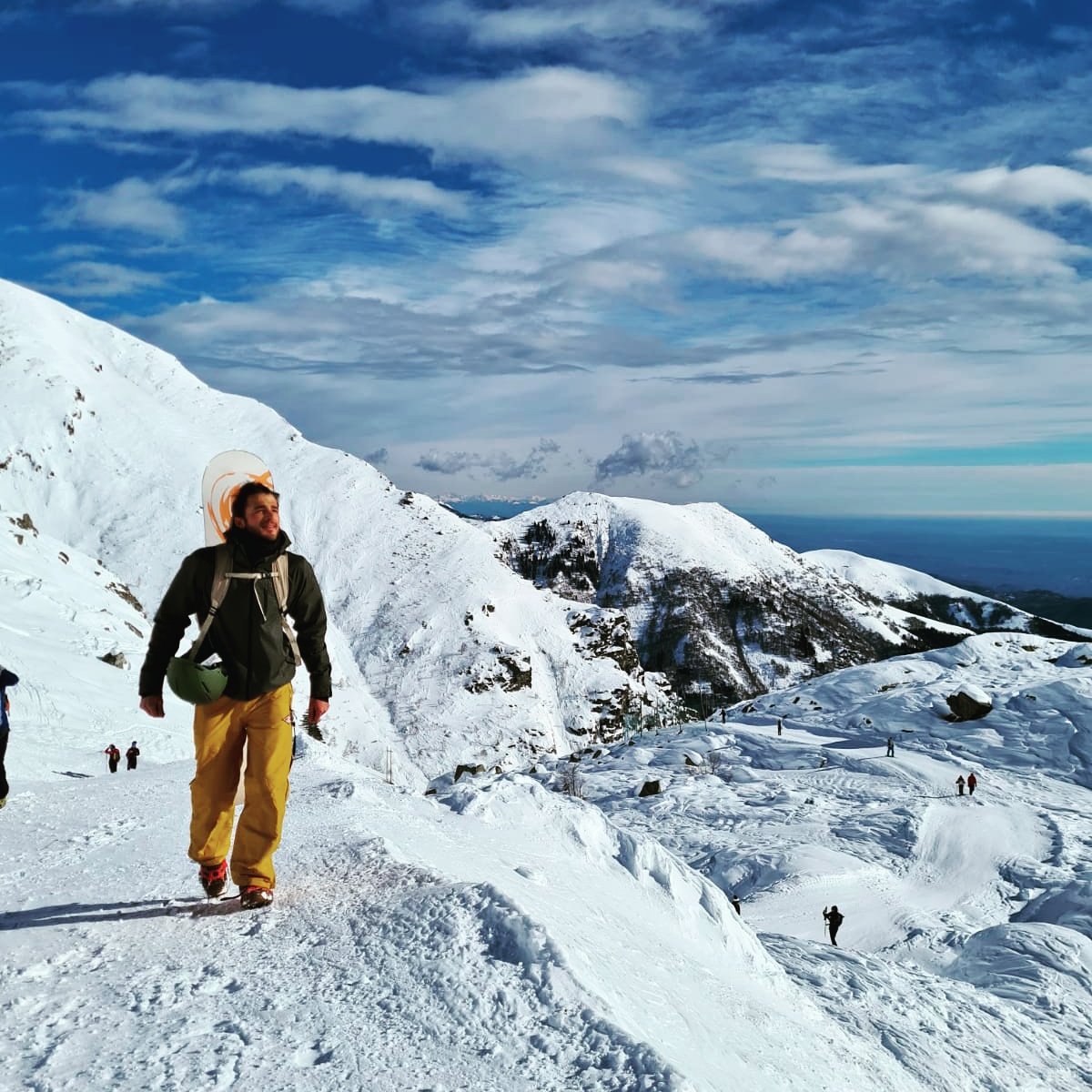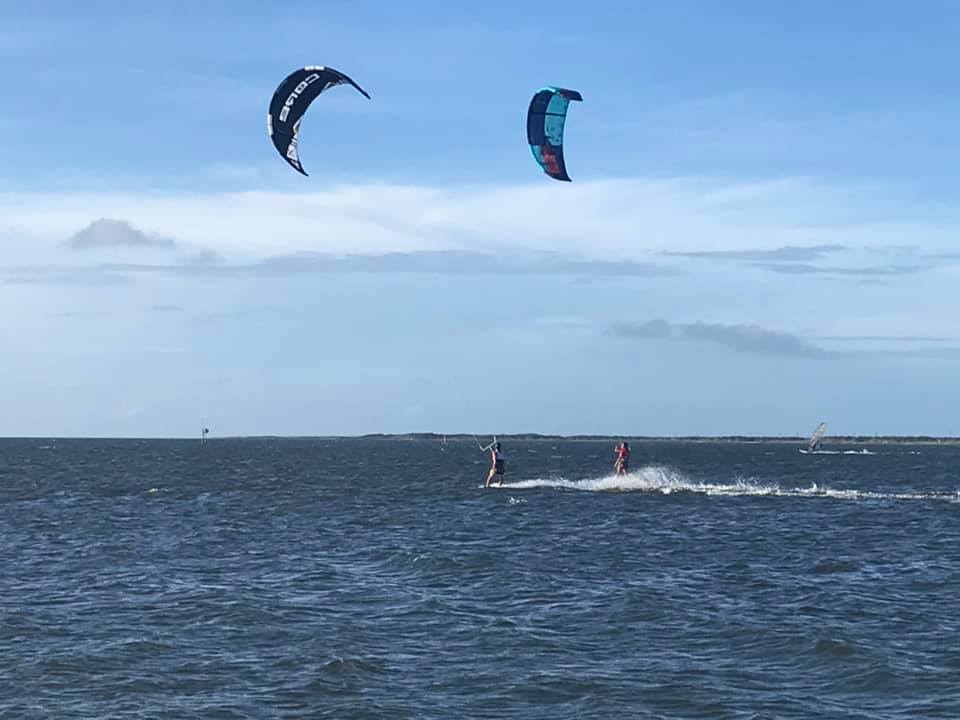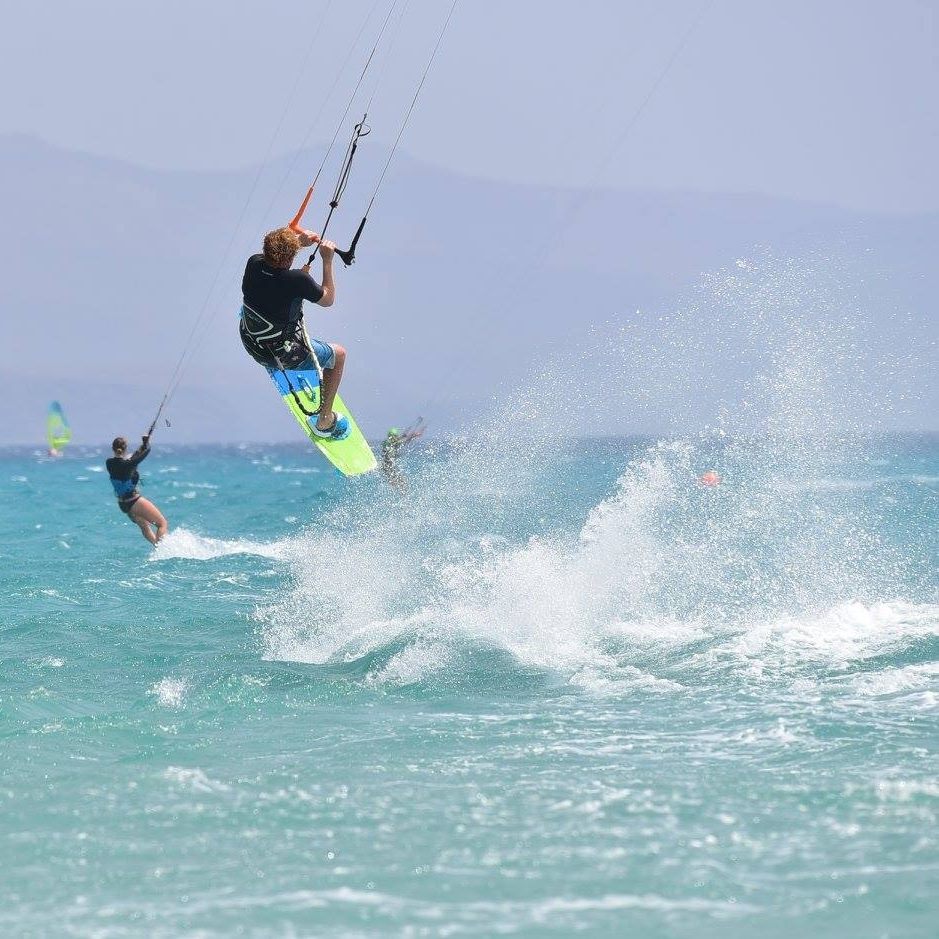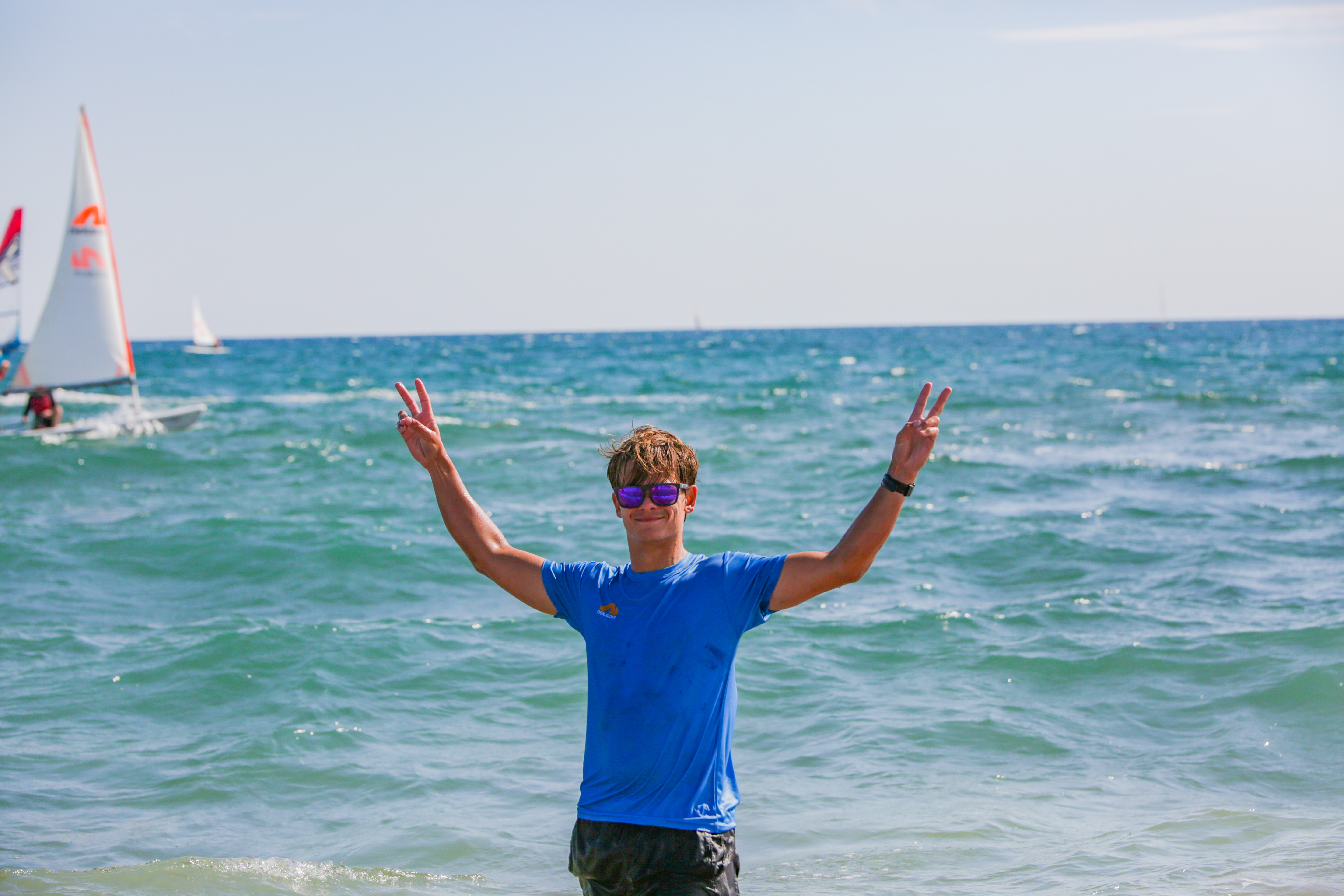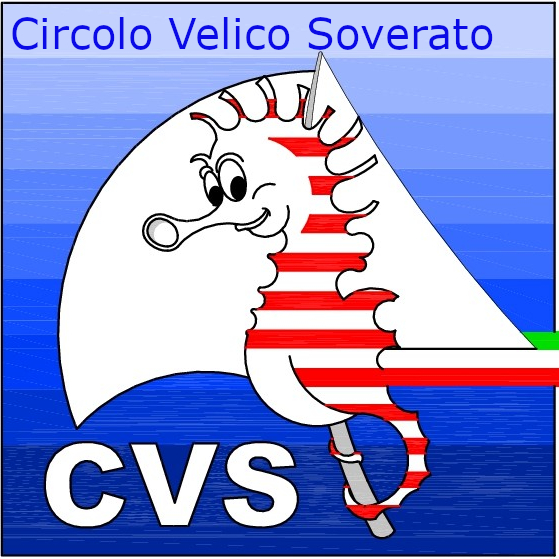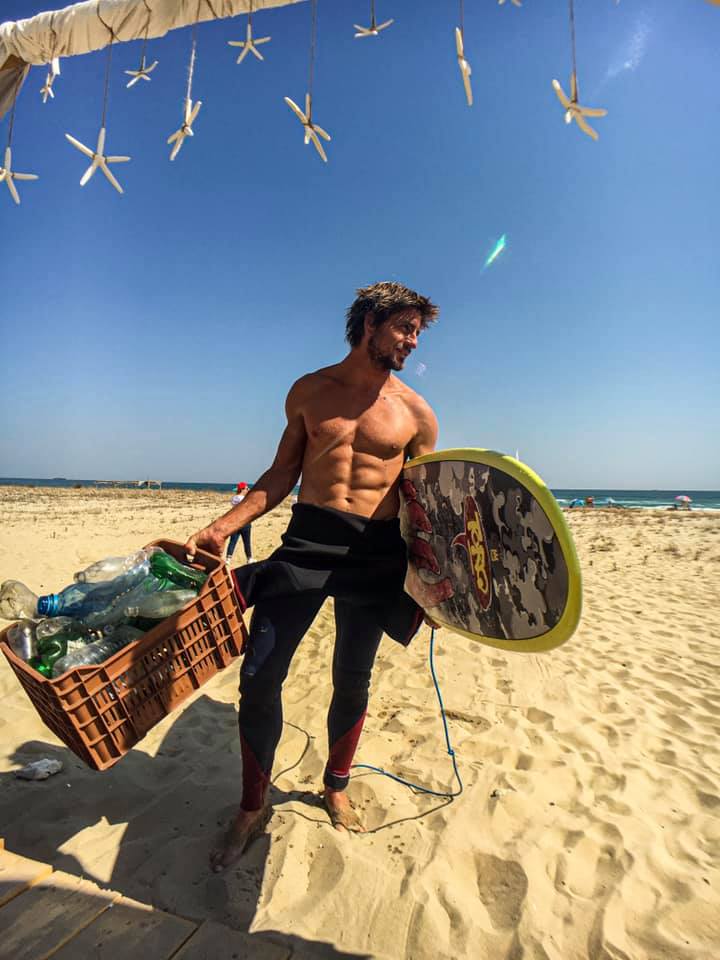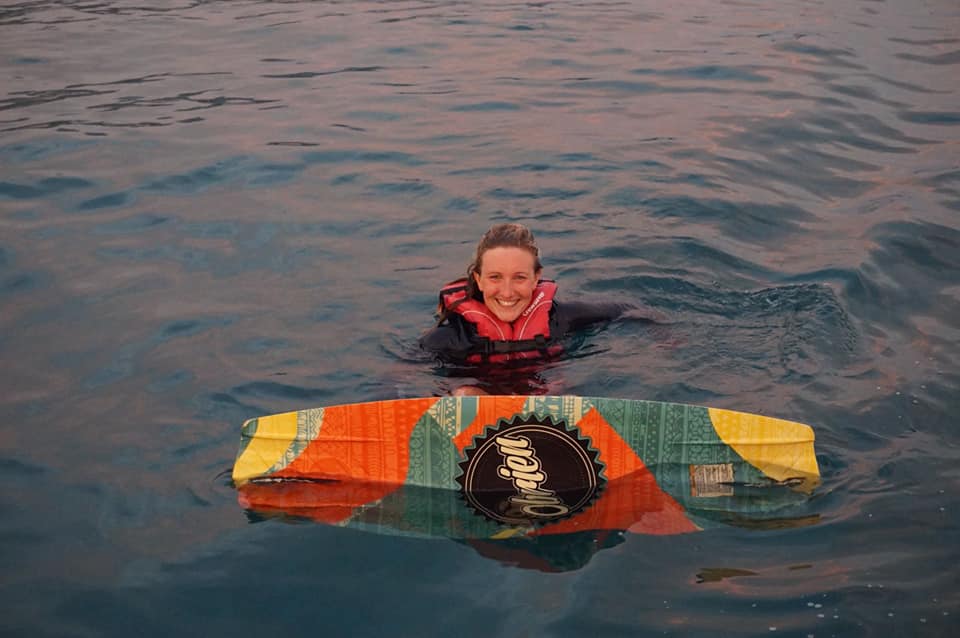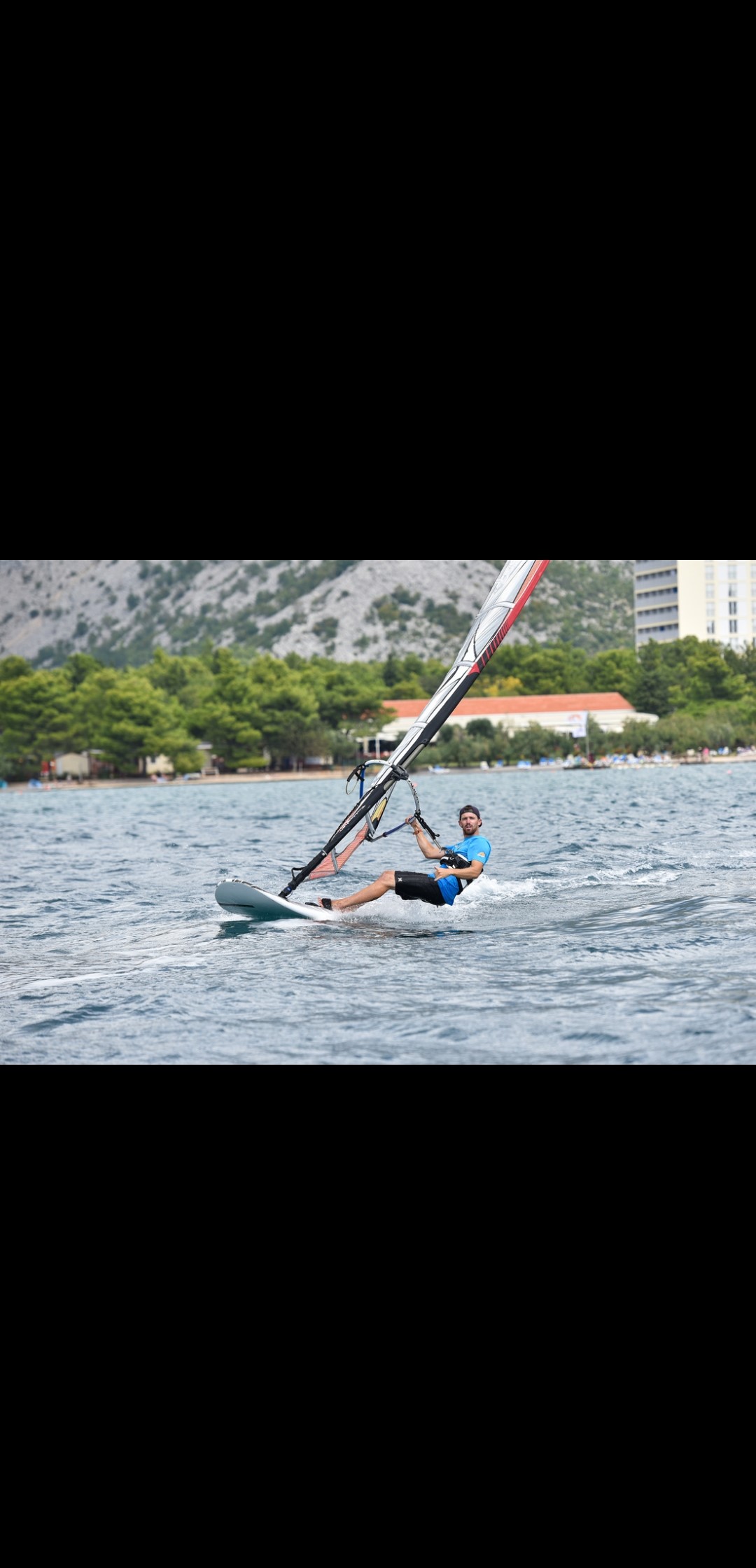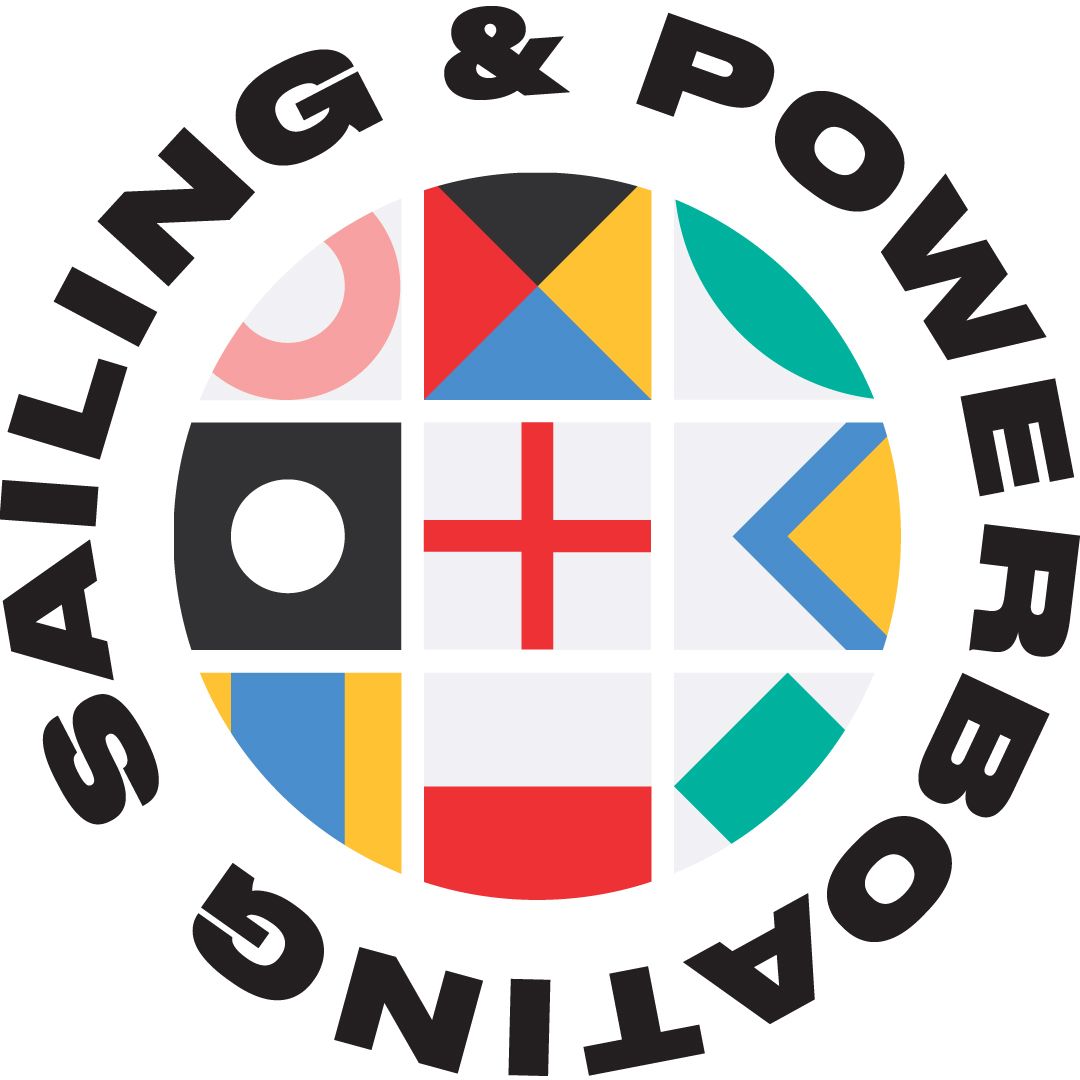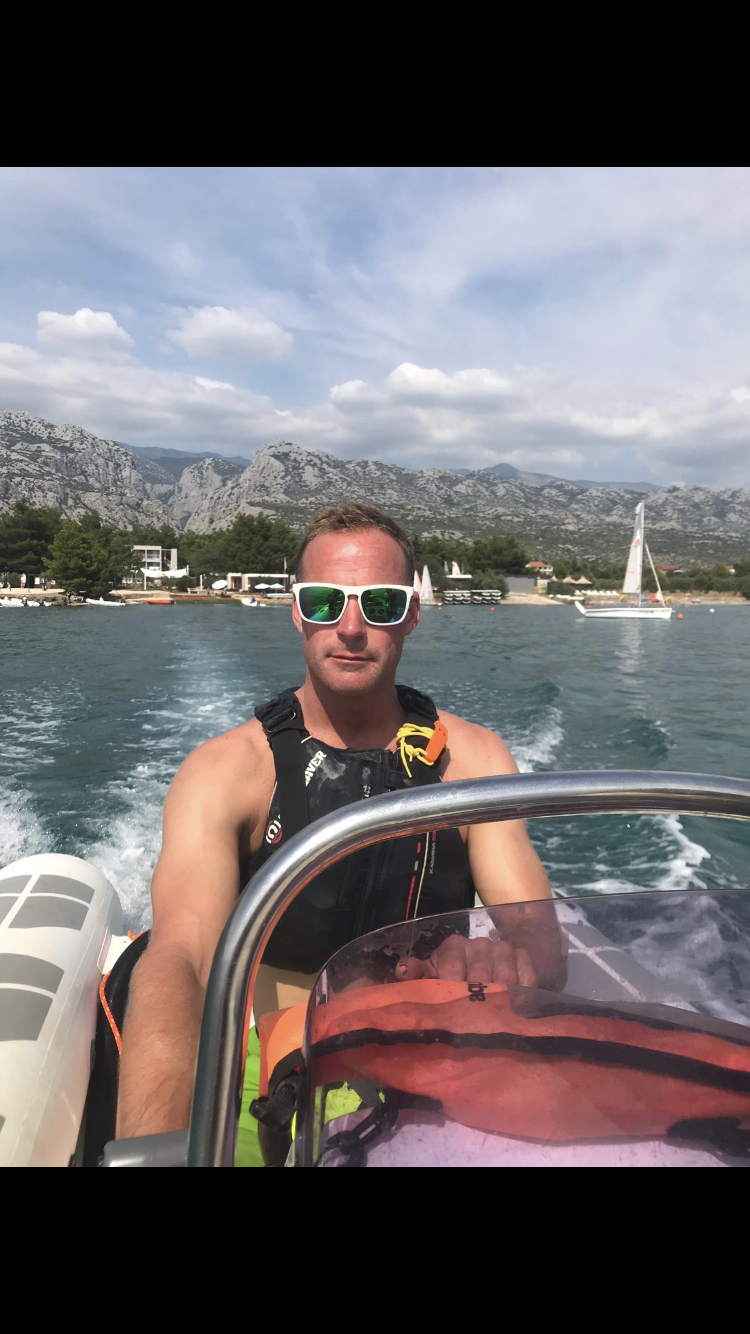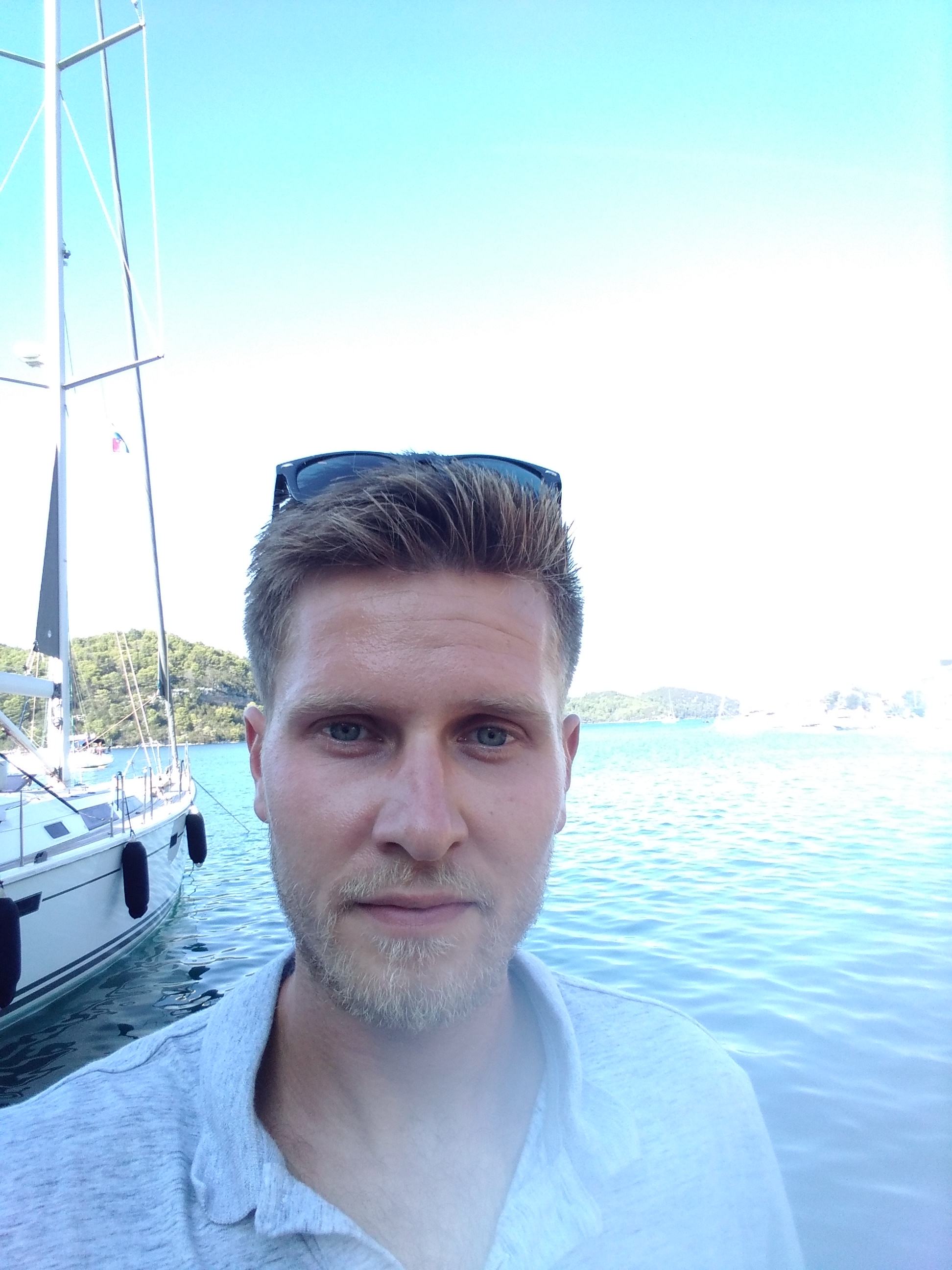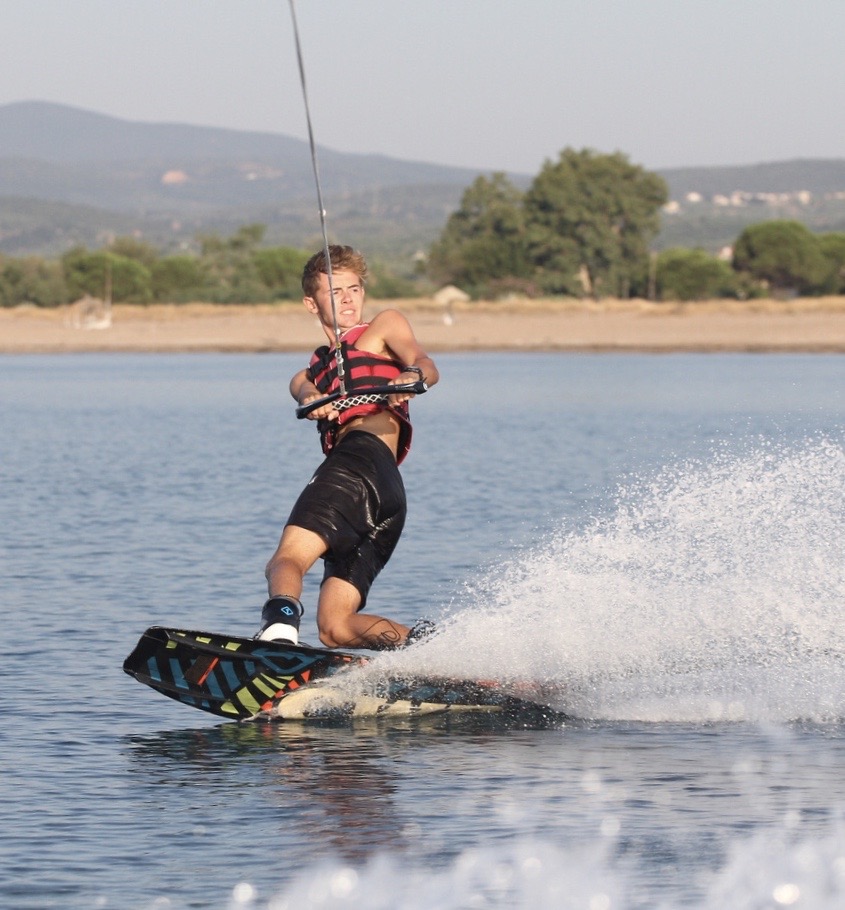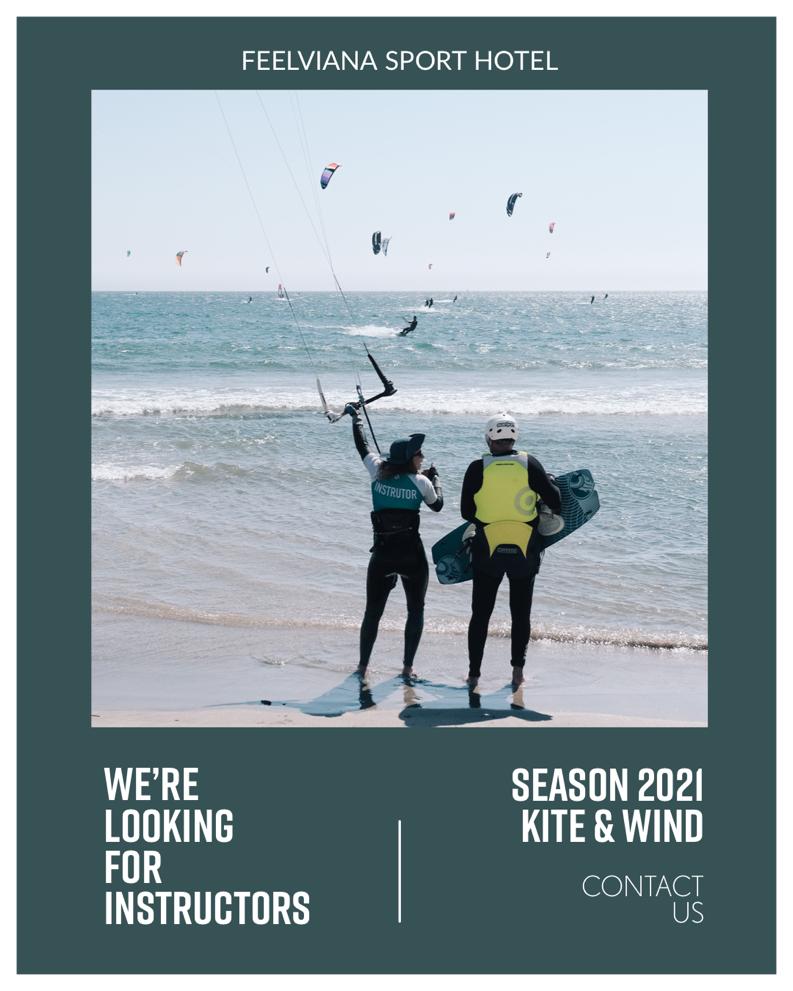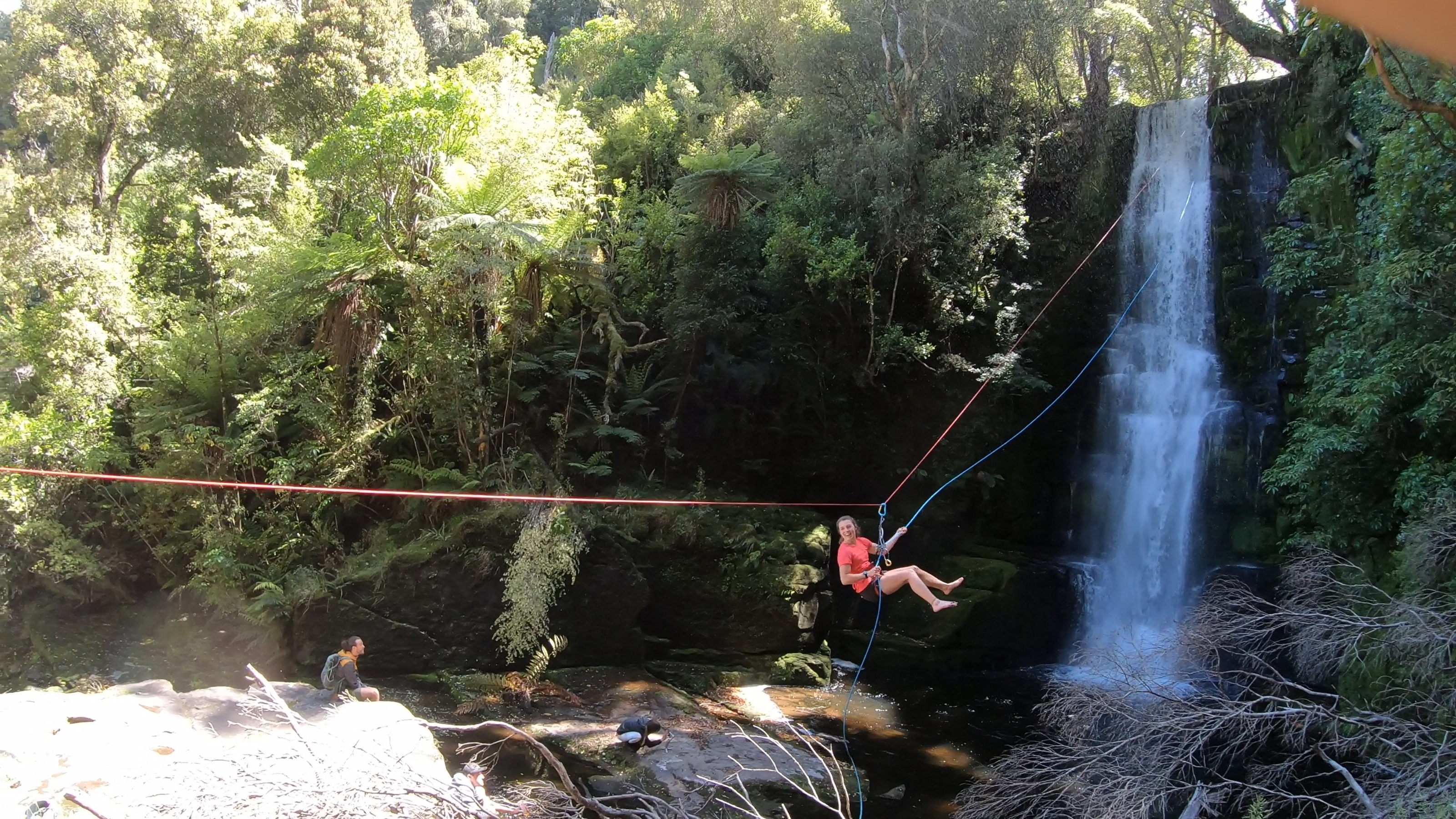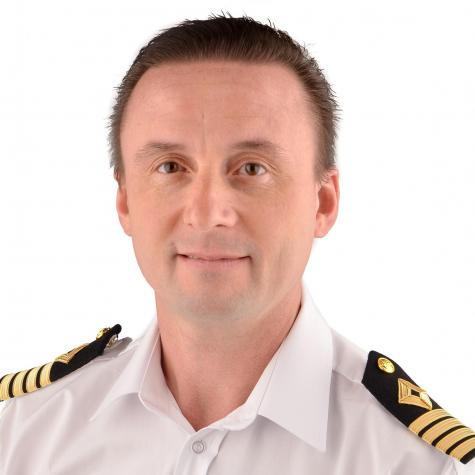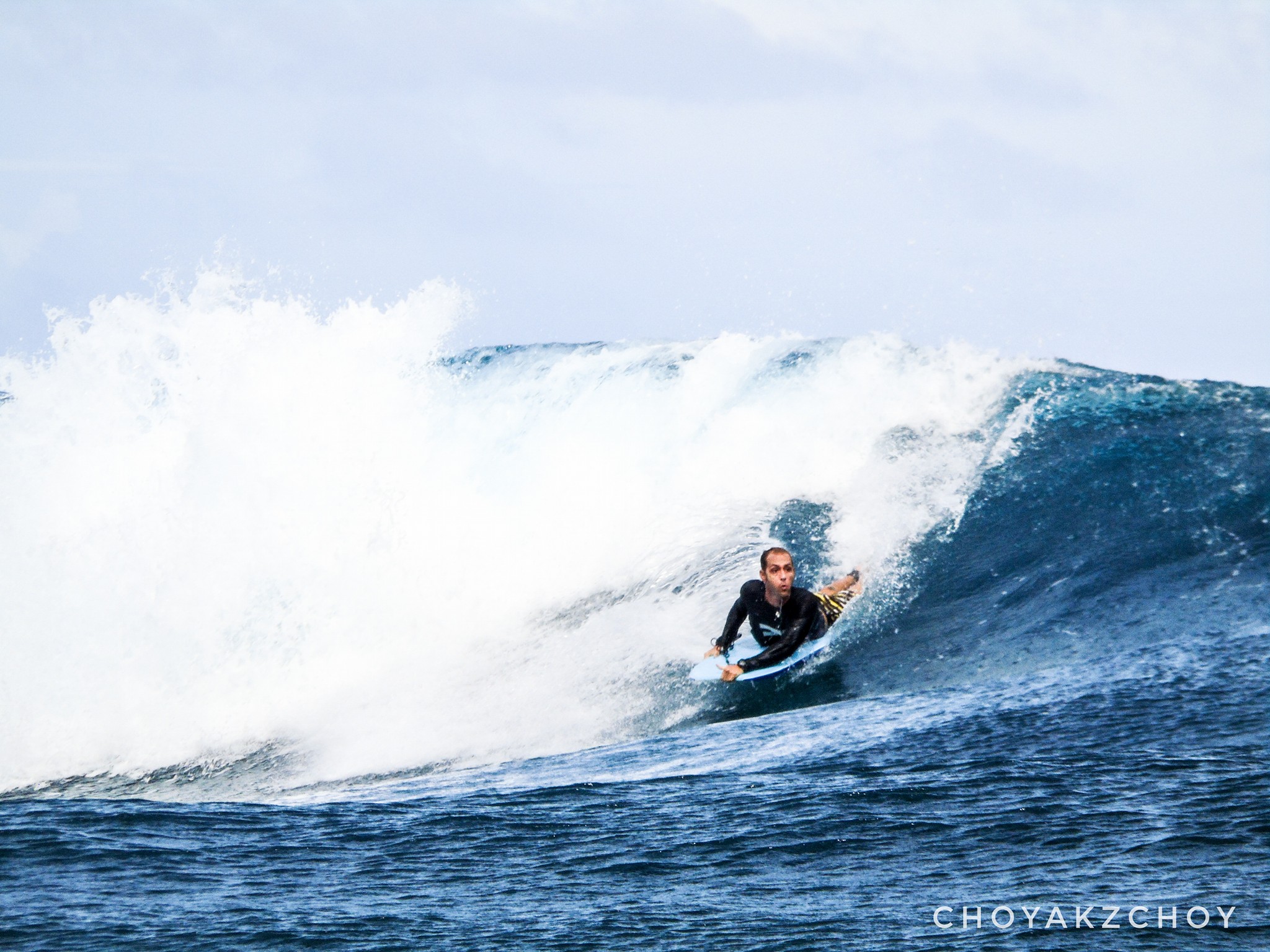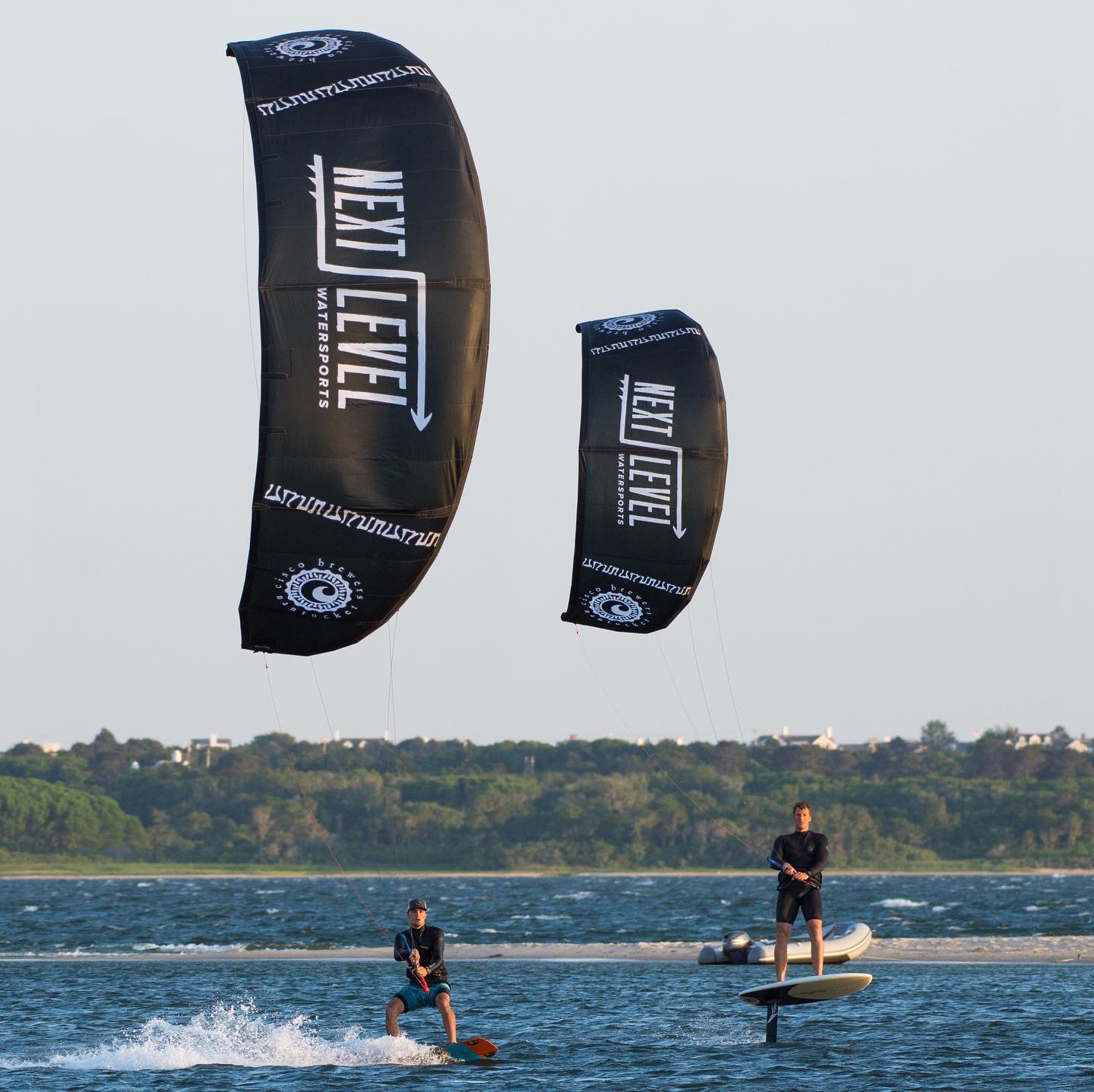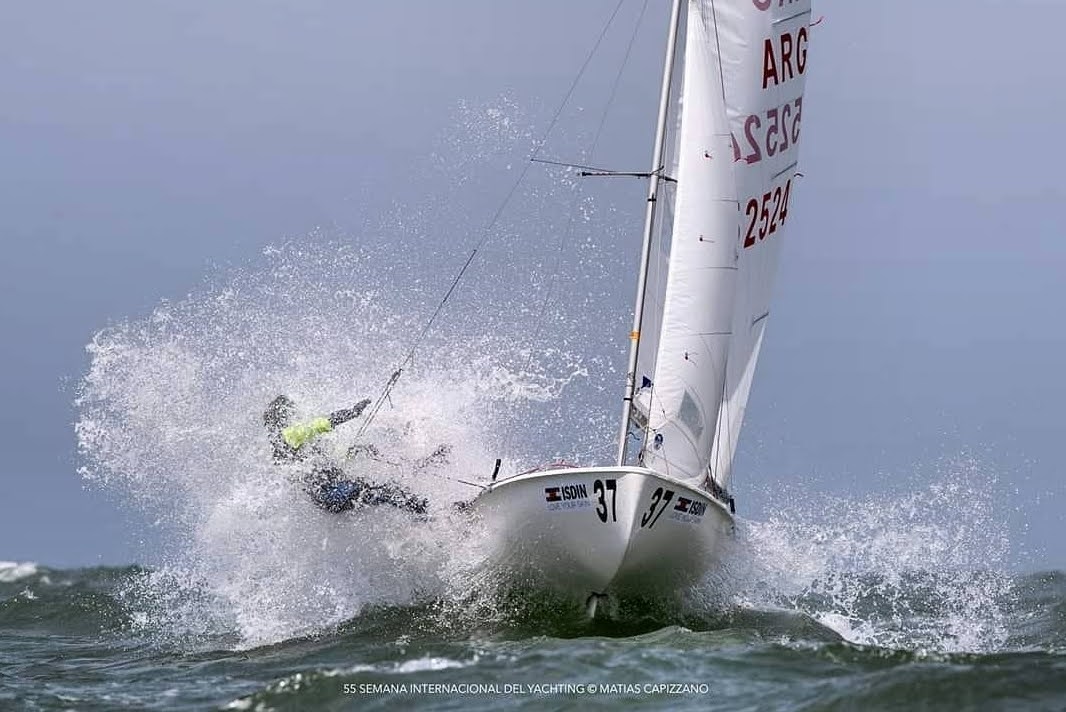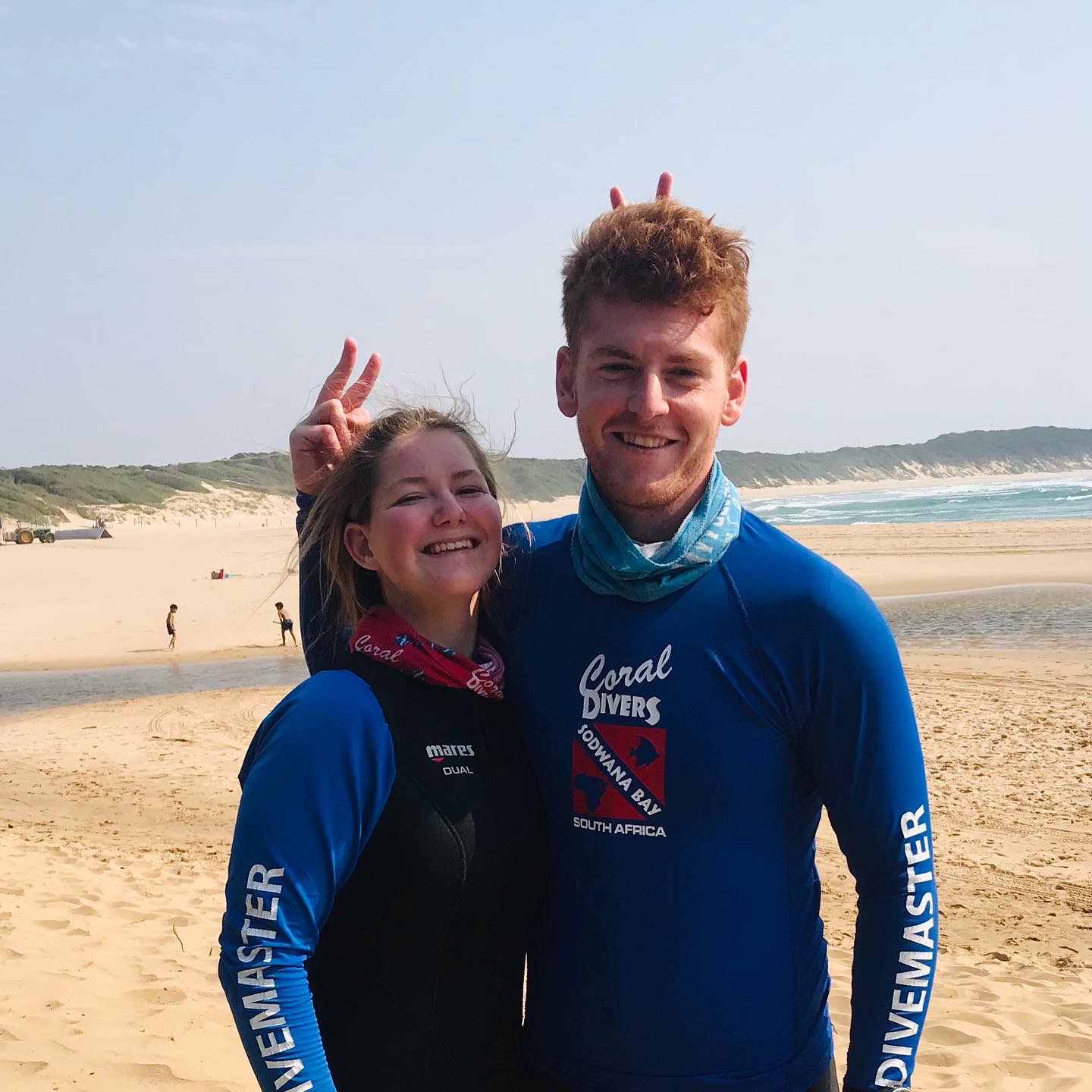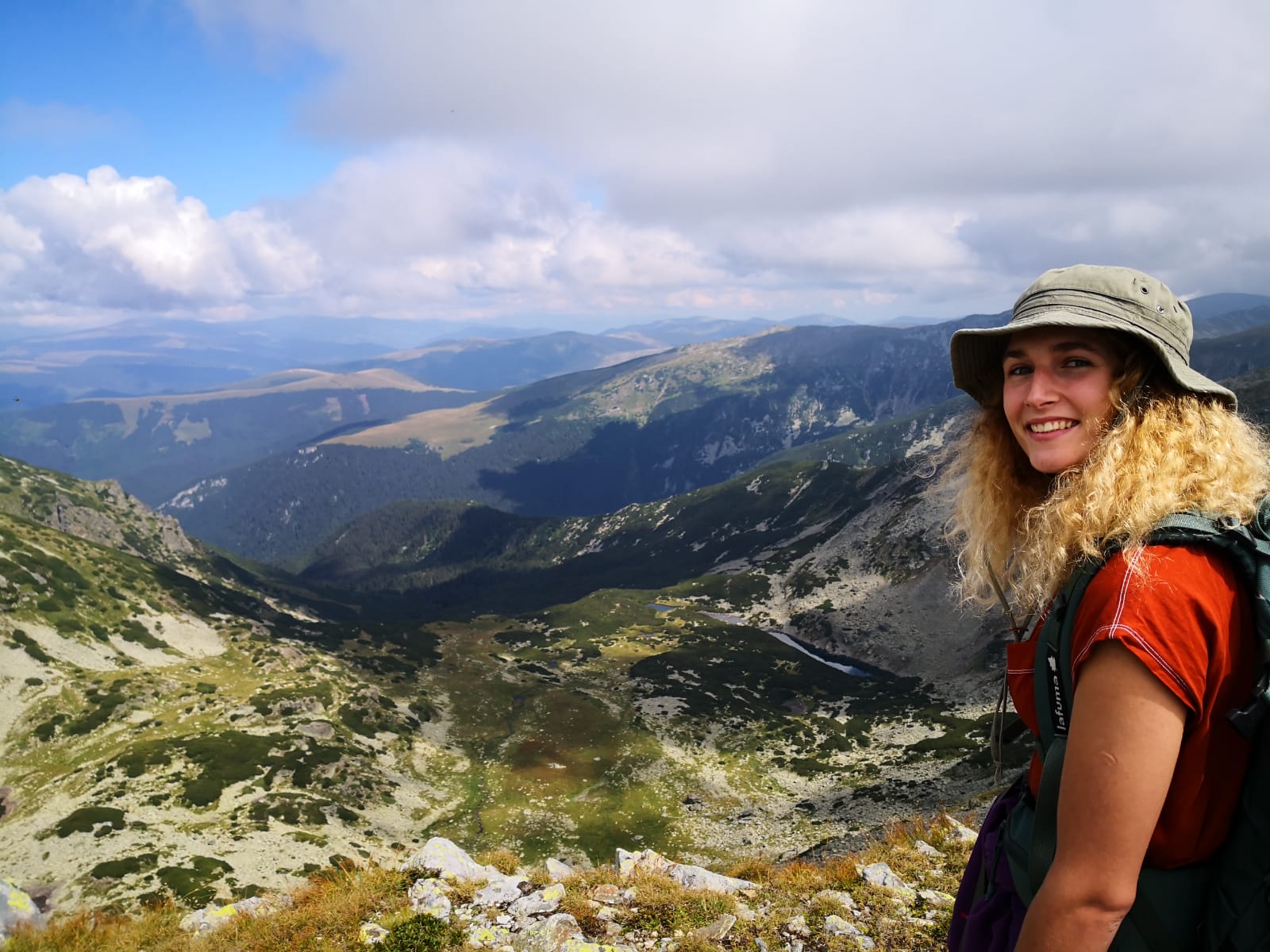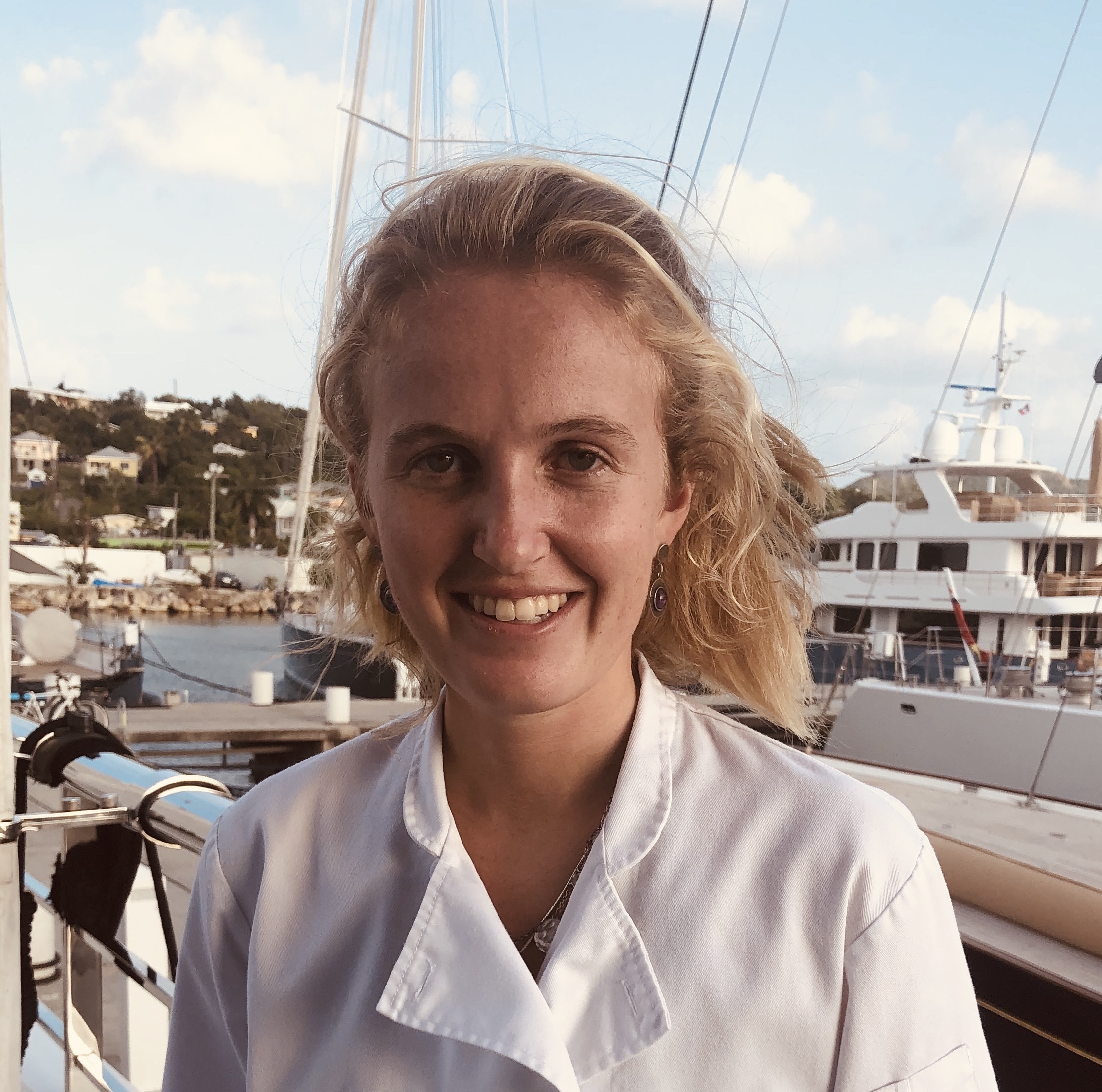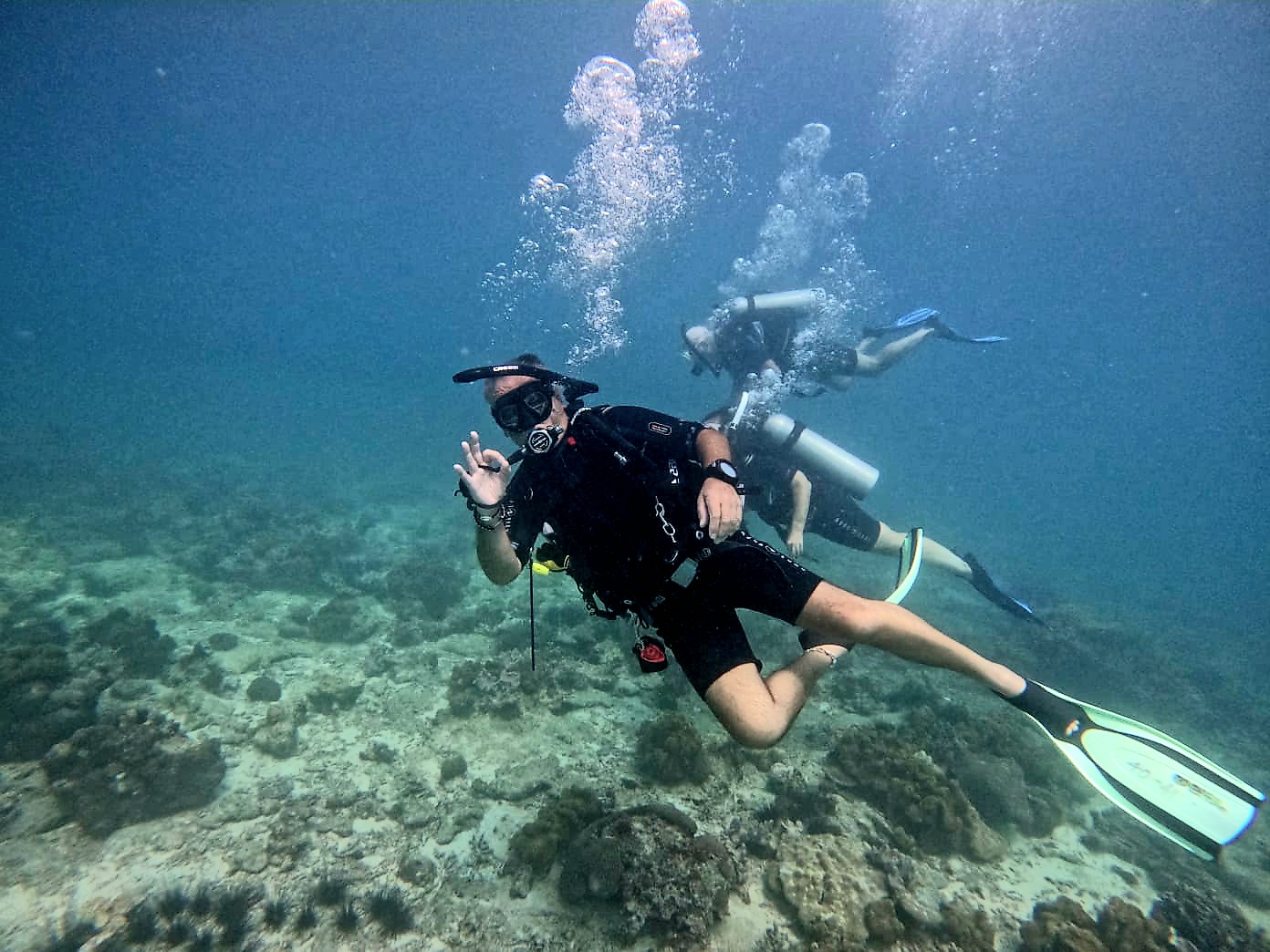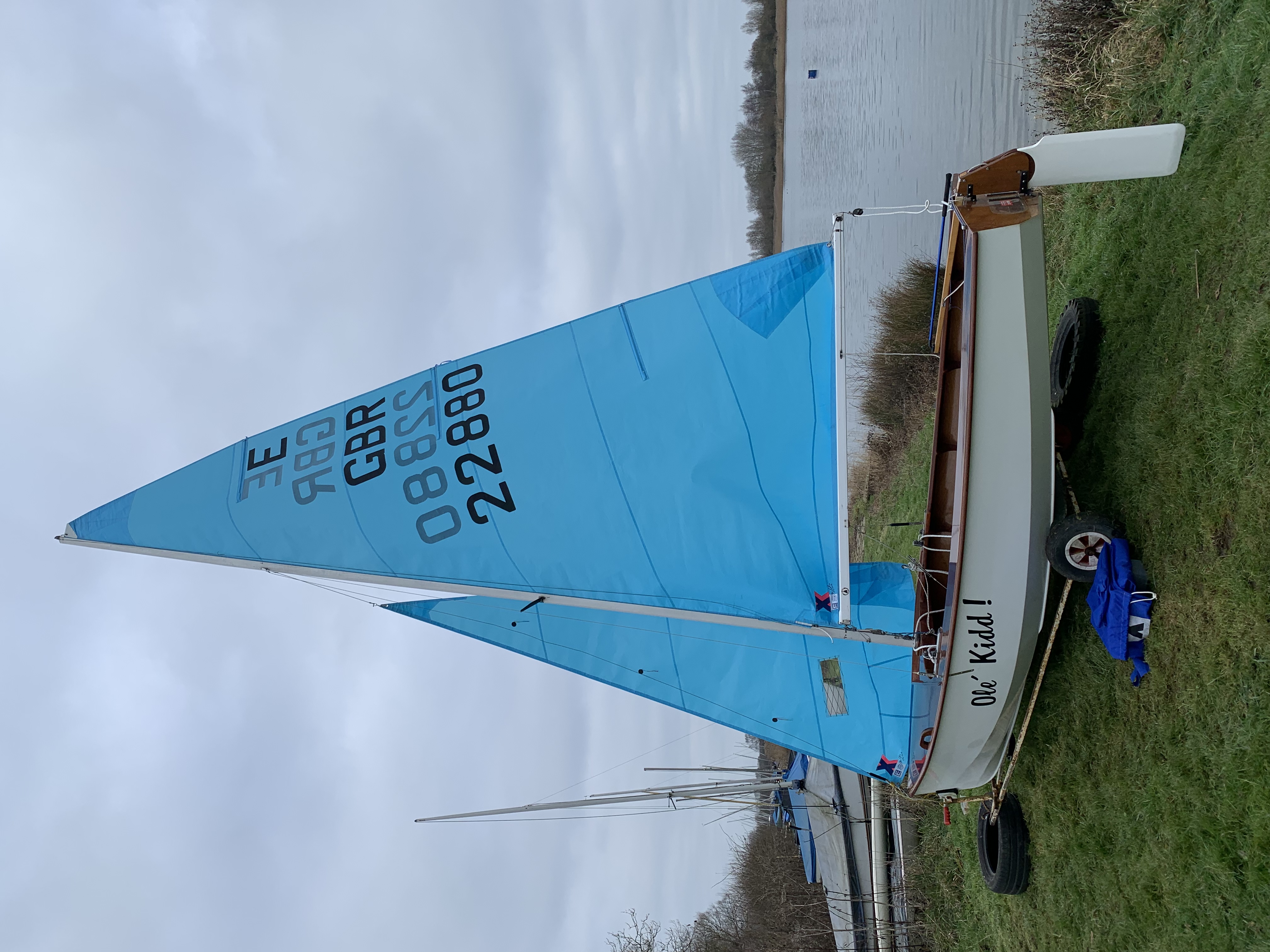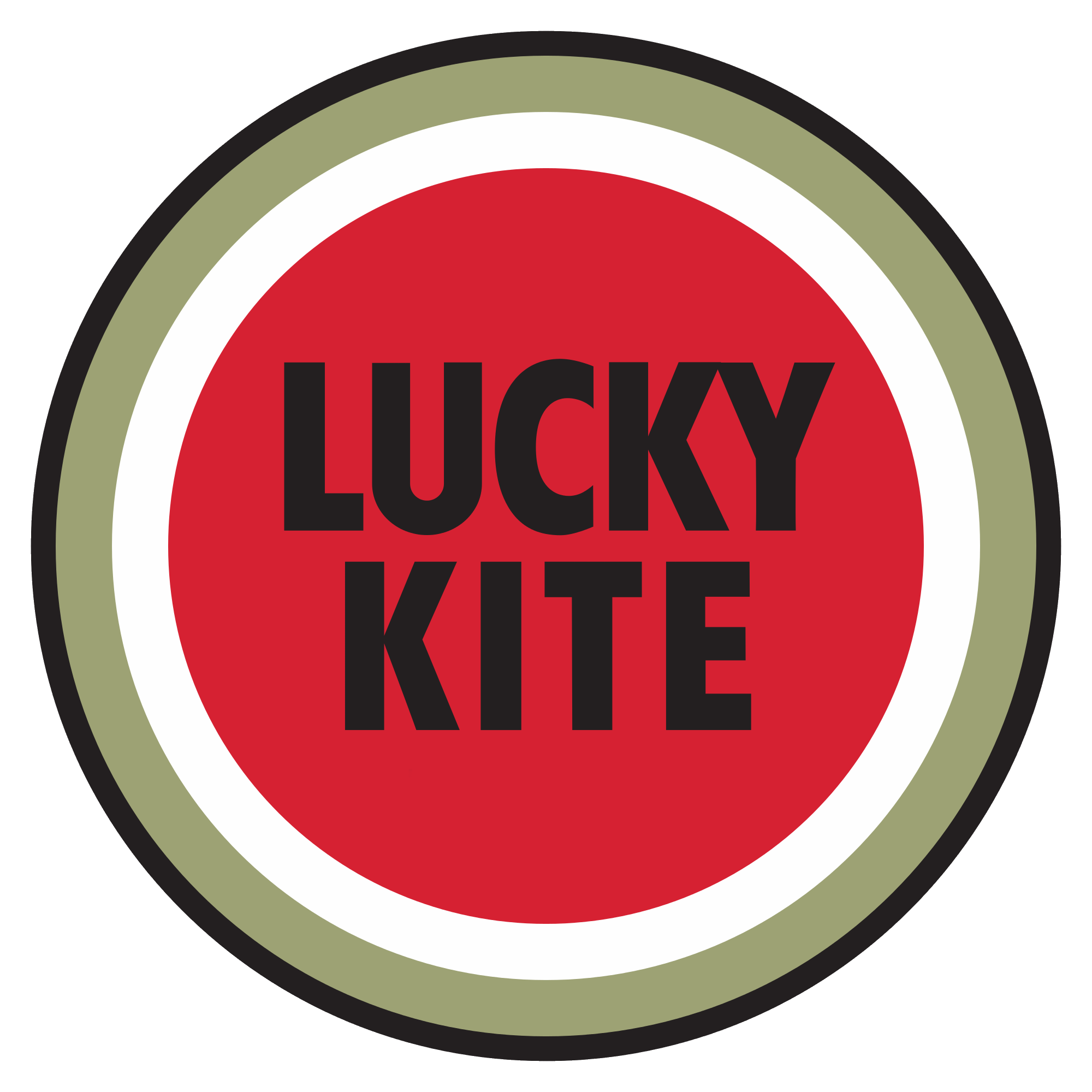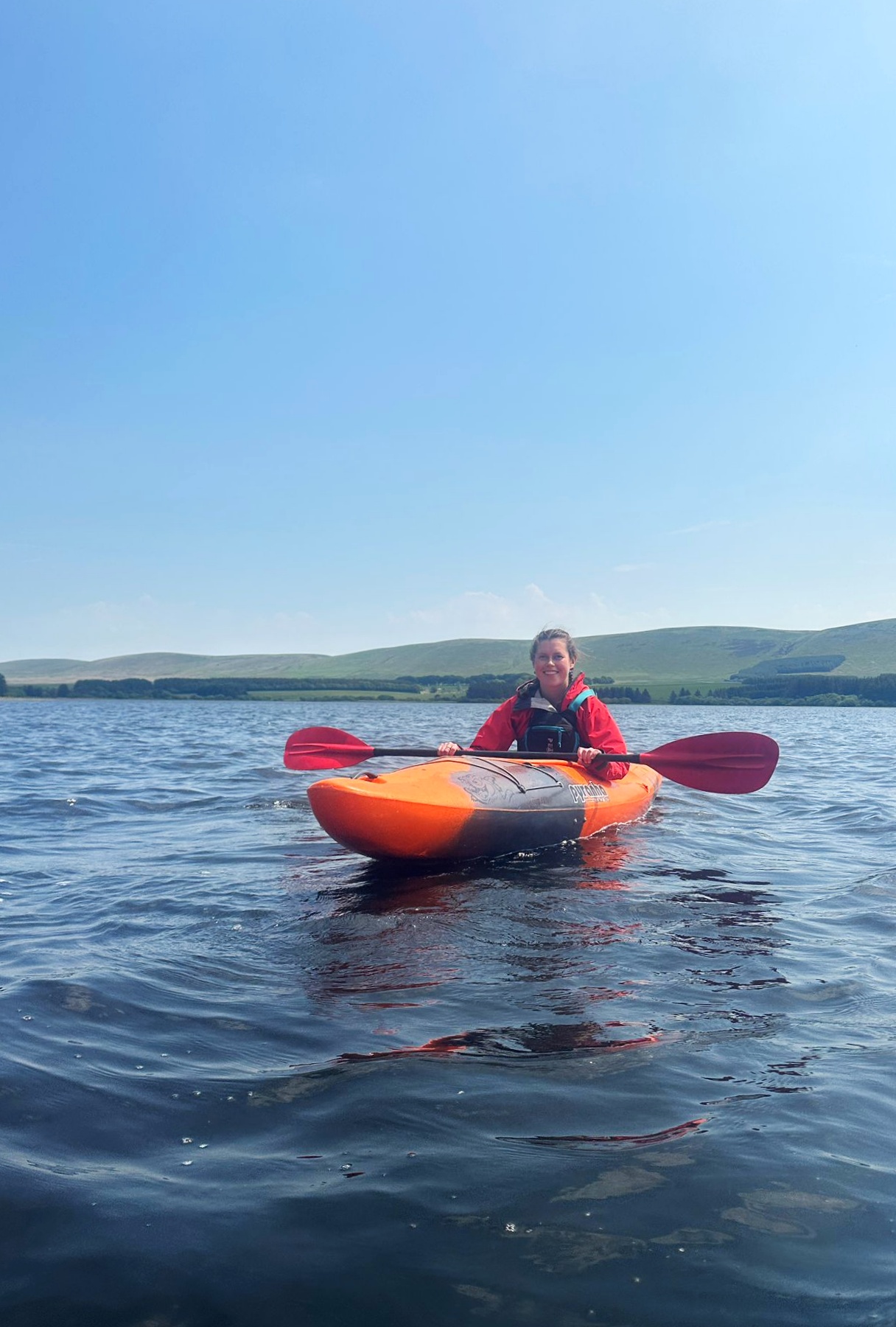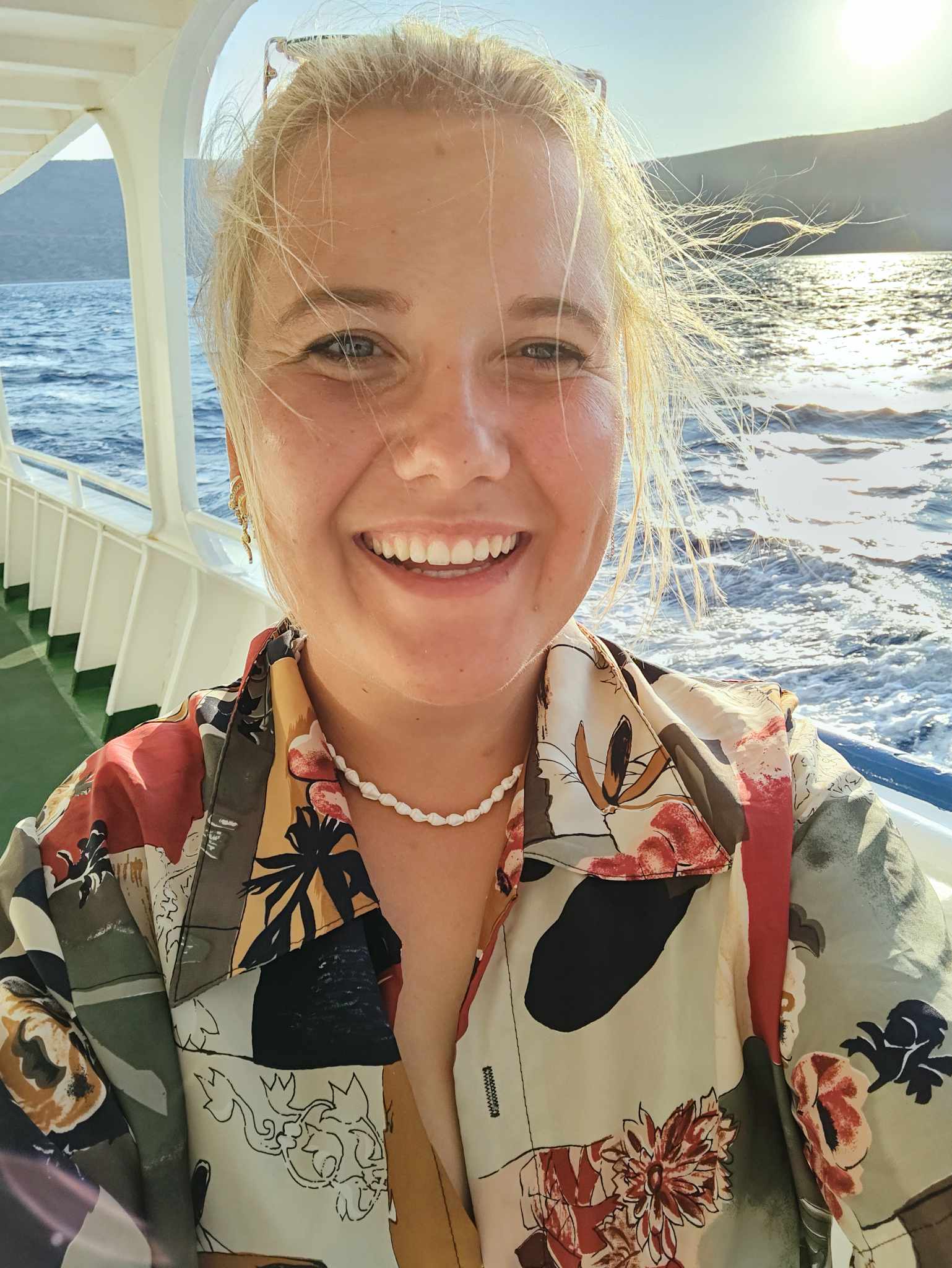Sail
"There is nothing -- absolutely nothing -- half so much worth doing as simply messing about in boats. In or out of 'em, it doesn't matter. Nothing seems really to matter, that's the charm of it. Whether you get away, or whether you don't; whether you arrive at your destination or whether you reach somewhere else, or whether you never get anywhere at all, you're always busy, and you never do anything in particular; and when you've done it there's always something else to do, and you can do it if you like, but you'd much better not."
- Kenneth Grahame
POTENTIAL EARNINGS
There are a number of different options and wages will depend on your Point of Sail...
- Delivery crew – Sailboats need to be moved around the world, A Delivery Skipper or Captain can hope to earn USD $300 (for a 24 hour day)
- Work for a club - Become a certified sailing instructor and earn on average USD $15-$20/hour
- Racing - It's rare to make a living this way but the few lucky do. If you get big and win big you could earn over $500k
- Run a school or business - Buy a boat, run a charter or personalised cruises and trips.
- Captain - Obtain a captain’s license and based on your skills qualifications you can run anything from little charter cats in the Caribbean to skippering a celebrity's 150-foot ketch. Salary ranges from $30k - $200k + USD/year
- Crew - On smaller vessels, superyachts, charters or private yachts. Salaries are dependent on these choices but as a rough guildeline you can hope to earn from $30k USD as a salaried deckhand and up to $80k per year as First Officer on a superyacht. You can amp your skills up with diving and snorkelling and freelance on charters around the globe.
HIGH SEASON
Sailing is a year round sport with summer as the high season in most places, and cyclone season doesn’t always mean low season. For example, Summer in the Australian Whitsundays (Dec through March) is also Irukandji Jellyfish and the wet season, but this is also the busiest (and hottest) time of the year for sailing. The low season is Winter (June – August) when it's cooler and often calmer but this also coincides with the popular whale season.
Below is a rough guide for employment in sailing. Before you 'Seas' the Day and head off into the sunset, be sure to check with local sailing clubs and weather authorities. Travellling by boat also subjects passengers and the Master of the Vessel to strict customs and regulations, often in advance of arrival. If you join this sport, you will need to be educated and diligent about local and international laws in additions to certification, safety and weather precautions for yourself.
Europe - Thinking of a run from the Canaries to the Caribbean? Hurricane season runs from June through December. Most Eastern Atlantic voyages begin Nov/Dec with the trade winds . Crossing westward most sailors depart in May to take advantage of the “Azores high”. The Mediterrean has a few low weeks in spring and autumn with reliable sea breezes from April through late October. Croatia’s season begins in May peaking in July and August; dropping off in Sept/Oct with Nov – April the official off peak season. Europe's high season in general is April through November
North America - Early summer is best. West and East Coasts can both be affected by Hurricane season from June through December. On the West Coast, summer provides strong summer sea breezes and Pacific swells. On the East Coast, April and May bring southern winds to blow a sailor to Bermuda and then…. Europe?
South America - If you are sailing around South America, you’d ideally go counter clockwise starting the voyage in late spring, just before hurricane season in the Caribbean.
Australia/New Zealand - With respect for Cyclone Season, summer is sailing season. There are a number of International passages beginning and ending in Australia / New Zealand, but with places like The Whitsundays, Sydney Harbour, Port Phillip Bay and Wild Tasmania, it is understandable that sailors often find a good marina or club and stick to the local waterways. The Sydney to Hobart Race is annually on Dec 26th and a good demonstration of High Season for sailing.
Asia - Summer brings southwestern monsoon wind. Intense summer landmass heating causes strong sea breezes. Beware the violent squally showers and gusts (around Asia) but especially in the South China Sea
Africa - South Indian Ocean Cyclone Season is Nov - May, peaking in January. Mid-April through Mid – November is the best time for ocean voyages that want to take advantage of south-easterly trade winds. In the North Indian Ocean – SW monsoon season arrives in early June for a few months. Either side of monsoon season winds are strong with gales and squalls
Caribbean - Year round, except August and September, which is avoided for Hurricanes. Hurricane season is May-December. Late November and December are best for trade winds and low risk of storms with easterly waves, roughs, heavy showers and gusts always a regional risk. Christmas (Jan/Feb/March) are the high season for sailing tourists.
South Pacific - Year round humidity means constant rain and squalls. Rainy season is Nov – April and beware cyclone season. May – Oct is a bit drier with south-easterly trade winds.


